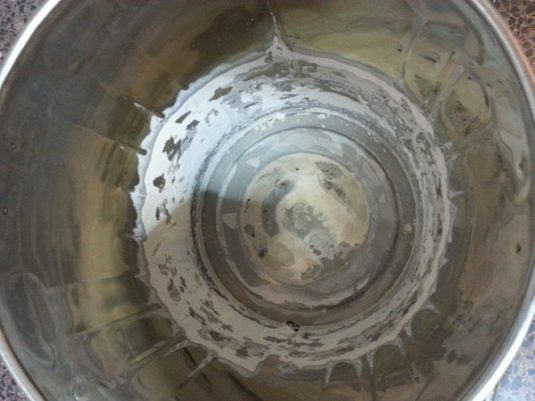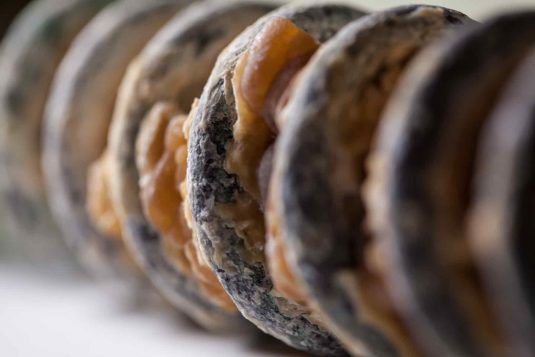Is Limescale Water Hard or Soft?
Limescale and Hard Water Areas
Limescale is the chalky-looking, crusty substance that you might find in and around your kettle, sinks, shower heads and pipes. This deposit of calcium carbonate is left behind by hard water as it evaporates.
Our water here in the UK is among the best in the world in terms of quality, and our water treatment facilities are specifically designed to output water that is both safe to drink and suitable for bathing too. We don’t stop to think about it, but when some people in the world have absolutely NO clean water to drink it’s a privilege to have such pure water to both drink and bathe in.
The majority of the water in the UK comes from rain water that is captured in reservoirs across the country. Where this water is captured and how it runs across nearby ground to reach reservoirs determines how ‘hard’ or ‘soft’ the water then becomes. So, it’s a natural thing in either case.
What Can I Do to Rid Myself of Hard Water Limescale Build Up?
There are two ways that you can deal with limescale. You can either install a water softener which does exactly as it says on the tin. Softens the water that in turn means that you don’t suffer that pesky limescale and all is well again. There is a cost to using a softener however, and that is that you will inevitably lose some of the benefits that hard water brings. Benefits, really? The mineral composition of hard water gives it a ton of health benefits. When you soften the water, you lose those minerals.
Install a Water Conditioner
As it says, this product conditions your hard water meaning it inhibits limescale but at the same time, leaves the good stuff behind. It doesn’t take anything out, but makes good what is already there. Conditioners are becoming more and more popular as people get savvy about the differences.
How Do I Know if I Live in a Hard Water Area?
You will probably know. If you have limescale issues then you will be living in a hard-water area.













